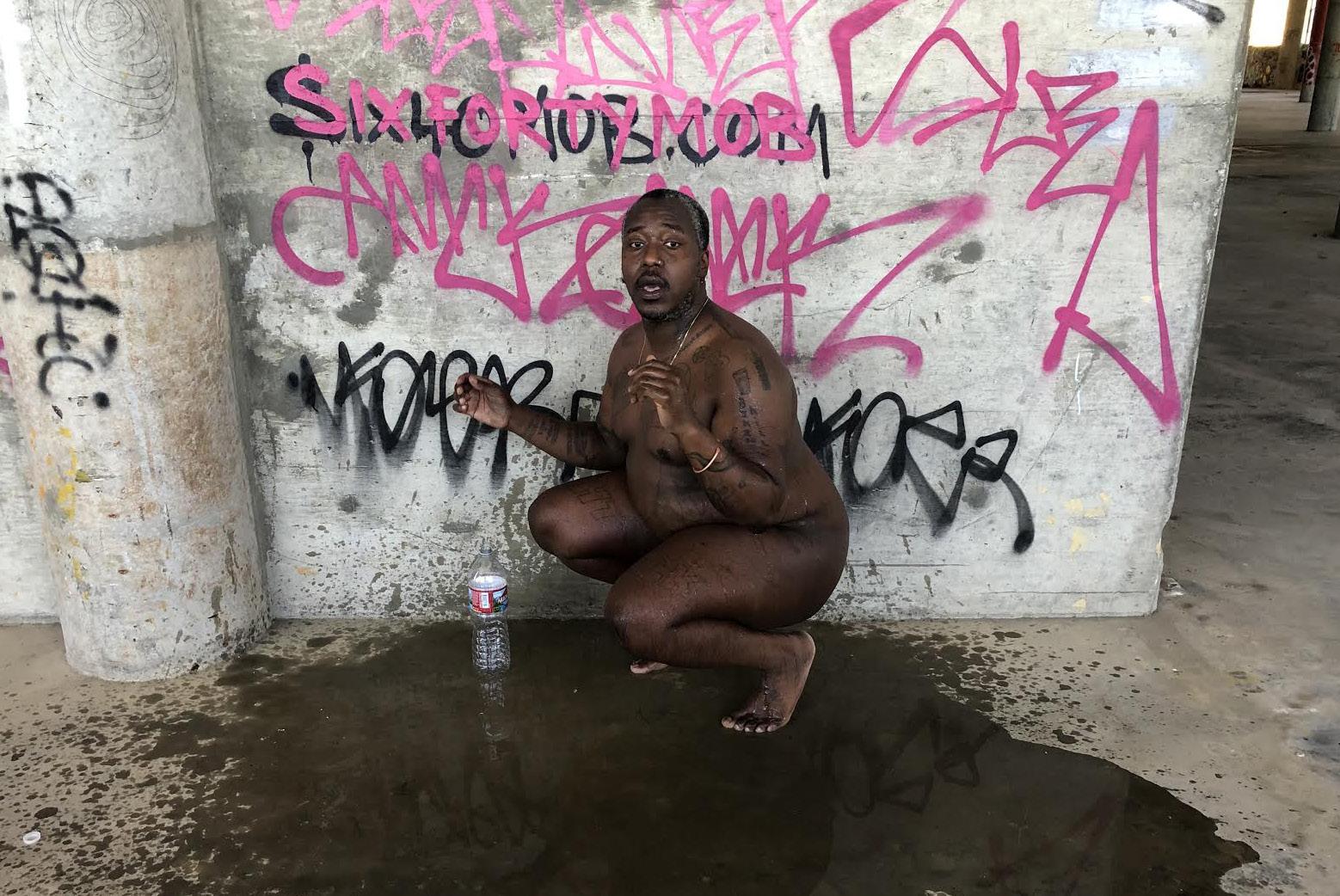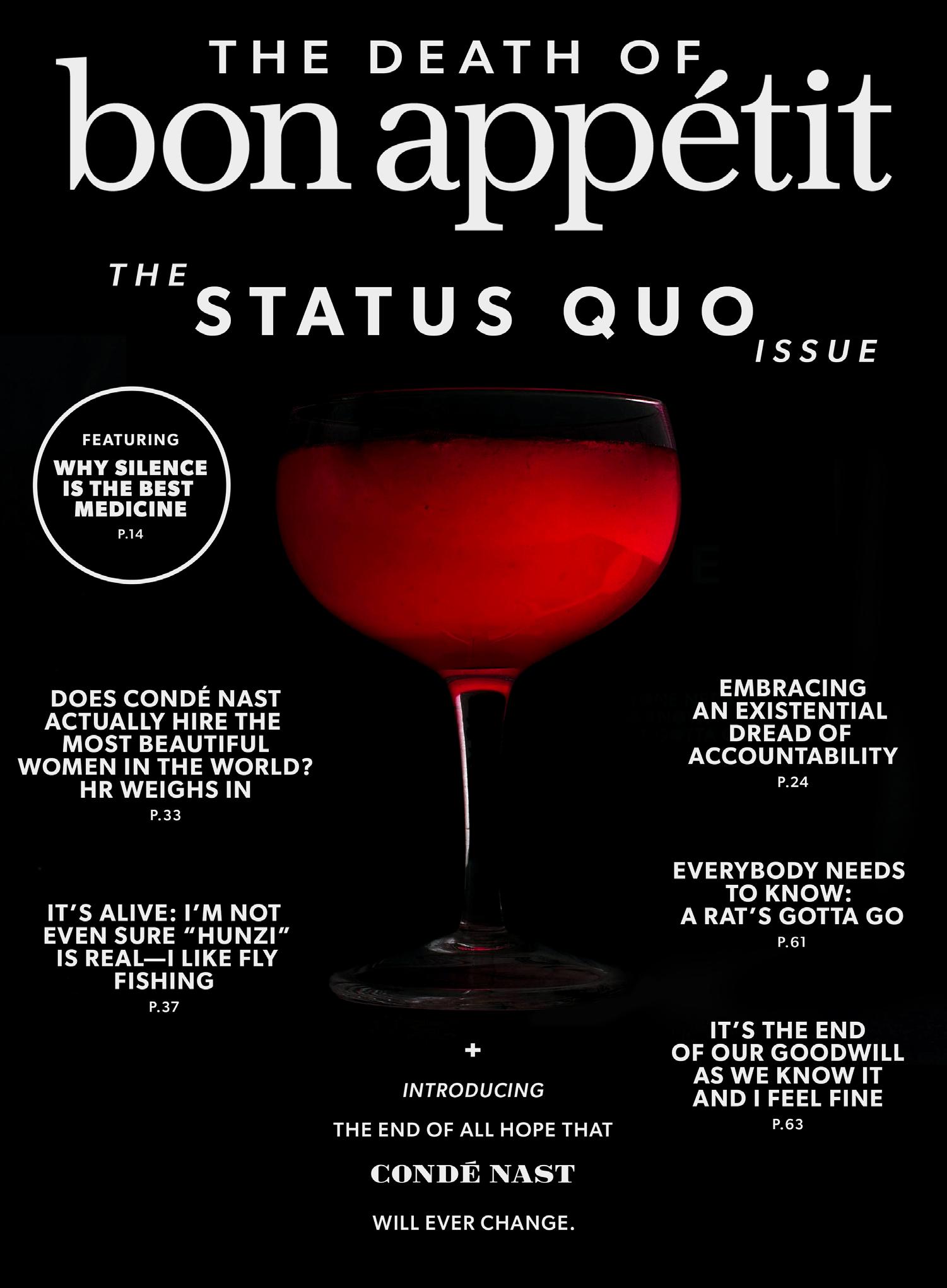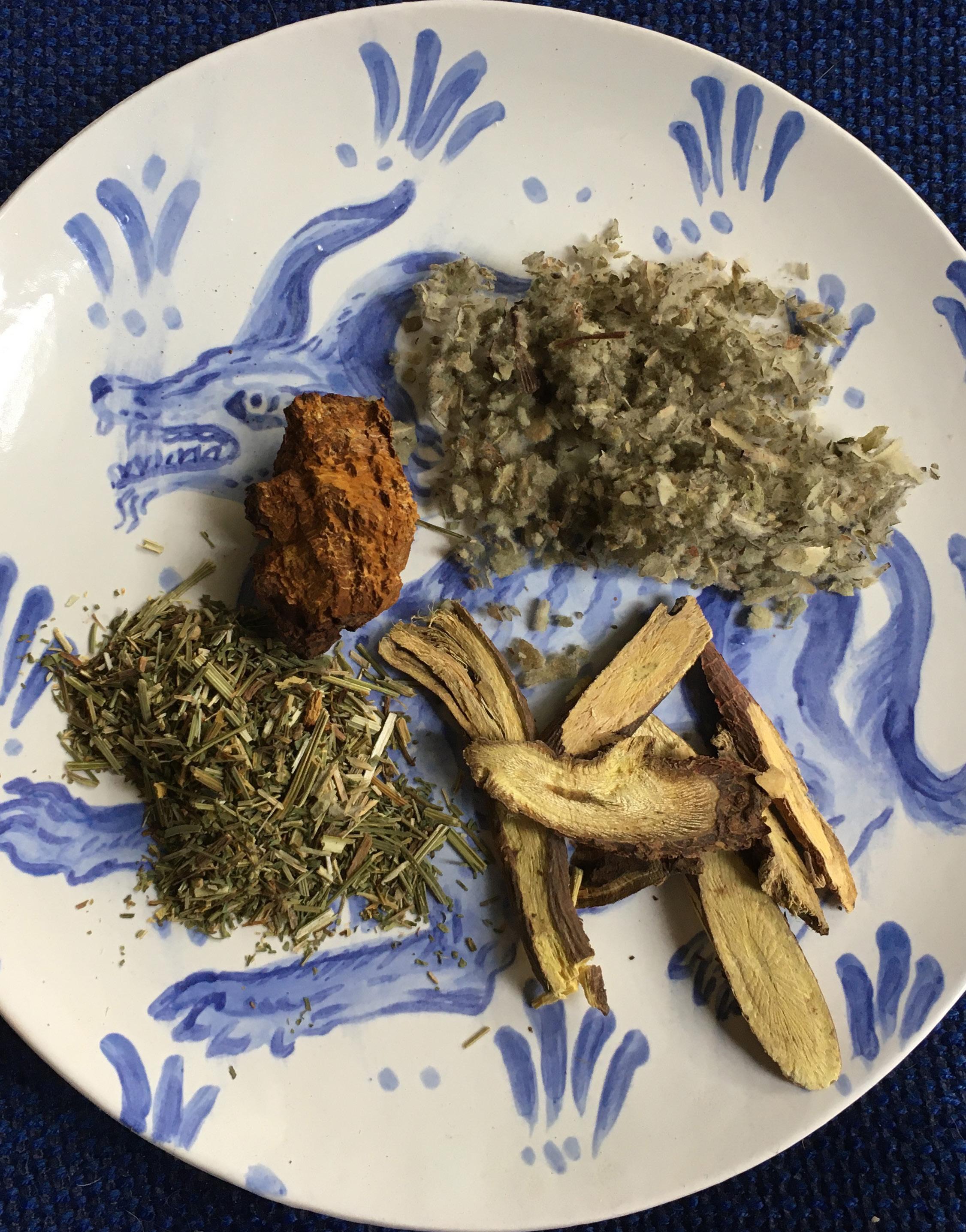Where is Our Reckoning?
22
For weeks, I have been preoccupied with the brilliantly crafted tweets of freelance food and wine writer Tammie Teclemariam, who has been fueling, supporting, and live-tweeting reckonings in food media since early June. Her early grand slam, tweeted alongside a 2004 photo of now-former Bon Appétit editor-in-chief Adam Rapoport in brown face (two anonymous sources sent her the photo, which the editor allegedly kept on his desk),¹ read: “I don’t know why Adam Rapoport doesn’t just write about Puerto Rican food for @bonappetit himself!!!”² Hours later, Rapaport—who, according multiple accounts, nurtured a toxic, discriminatory culture at the publication—had resigned. But perhaps my favorite tweet came after Teclemariam’s tweets contributed to the resignation of Los Angeles Times food section editor Peter Meehan: “I’m so glad the real journalism can start now that everyone is running their mouth.”³ In its glib concision, her tweet underscored the ideal aim of many recent so-called media call-outs: to expose, and hopefully excise, a toxicity that narrows, stifles, and handicaps writing about culture—the importance of which has been underscored by the ongoing uprisings against violent systemic racism. Not everyone appreciates that tweets like Teclemariam’s have sway. As I write this, controversy and backlash are growing around what is now known as “The Letter.” Published by Harper’s Magazine, it was signed by luminaries such as Ian Buruma (who was forced to resign from the New York Review of Books after commissioning an essay from a disgraced radio host that disclosed his side of an alleged sexual
Catherine Wagley
assault⁴) and Bari Weiss (the former op-ed writer and editor at the New York Times, who alleged in her frustrated resignation letter that “Twitter has become [the Times’] ultimate editor”⁵). The Harper’s letter hoists responsibility on social media for a number of recent reckonings, bemoaning the current “calls for swift and severe retribution in response to perceived transgressions of speech and thought.”⁶ Mostly, the signatories seem worried about their own power to continue saying what they want in legacy media amidst these social media outlets—and about the rising influence of once underrecognized writers, who can now make the powerful fall with 280 characters. But many writers voice their frustrations that Twitter is used as a last resort. New York Times digital storytelling editor Jamal Jordan pointed this out, tweeting that: “For many black journalists, the only real editorial power we have is potentially embarrassing our institutions on Twitter.” He added, “Not at all a toxic setup.”⁷ In art media, my own niche field, there have been relatively few call-outs, even on social media (although the same cannot be said for museums). But we could use a reckoning of our own. In art, as with writing in most other cultural fields, the voices of BIPOC writers are not adequately supported often or widely enough. This results in an insidiously—often offensively— stifled mainstream discourse about art’s readings, effects, and possibilities. As has been pointed out often in recent months (and before), those of us who are white have a responsibility to hold our own field accountable for its often-unbearable and un-/under- addressed white privilege, especially if we also want a discourse that is lively, open, incisive, responsive, and informed by bases of knowledge as deep and wide as possible. In May, just two days before George Floyd’s murder, which marked the start of still-ongoing anti-racist uprisings, the New York Times’ co-chief art critic Roberta Smith gave an Instagram Live talk with the Donald Judd Foundation. Near the end, she was 1. James Hansen, “Interview with Tammie Teclemariam,” Indigestion, June 24, 2020, https://indigestion.substack. com/p/005-in-digestion-with-tammie-teclemariam.














